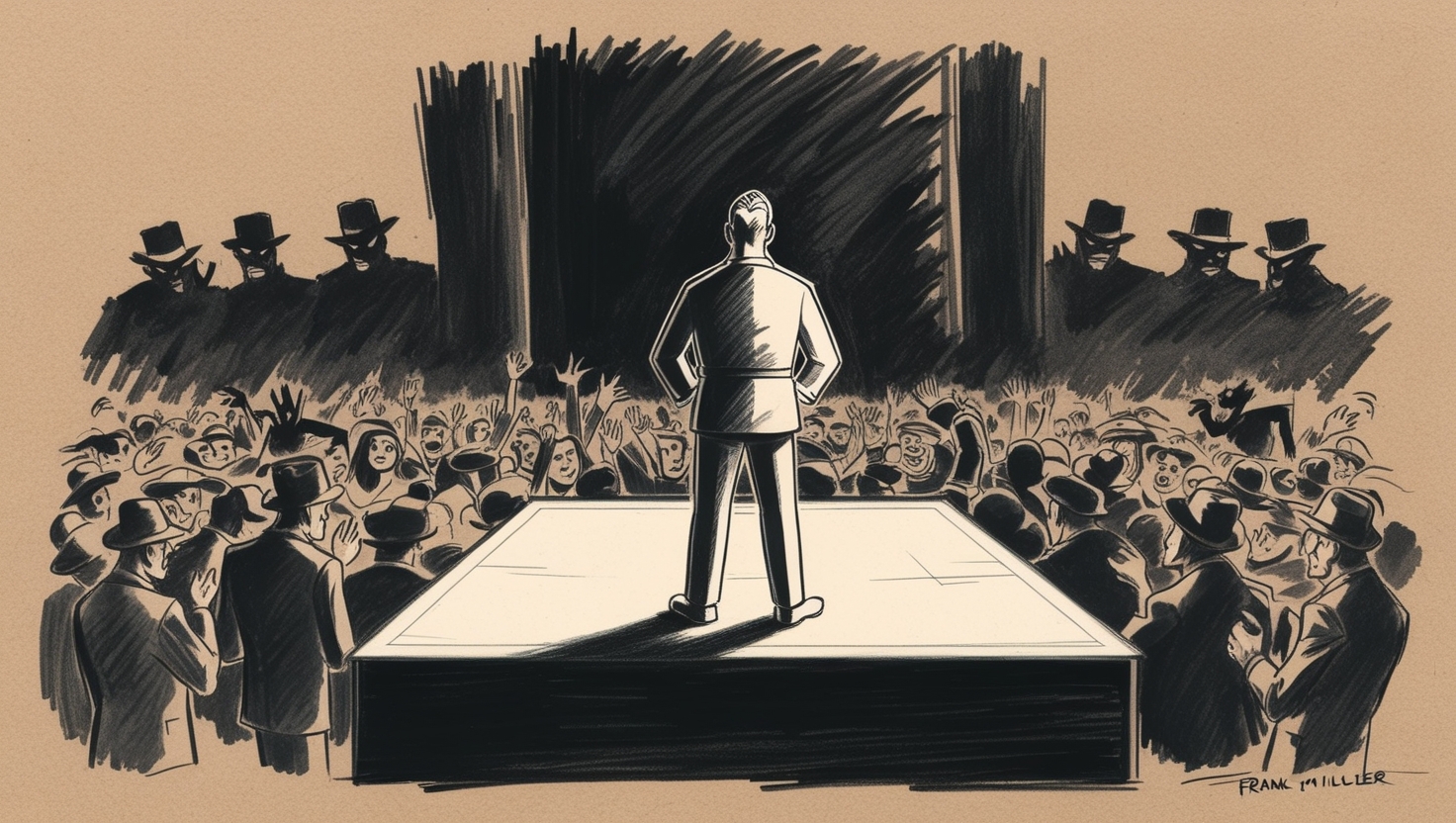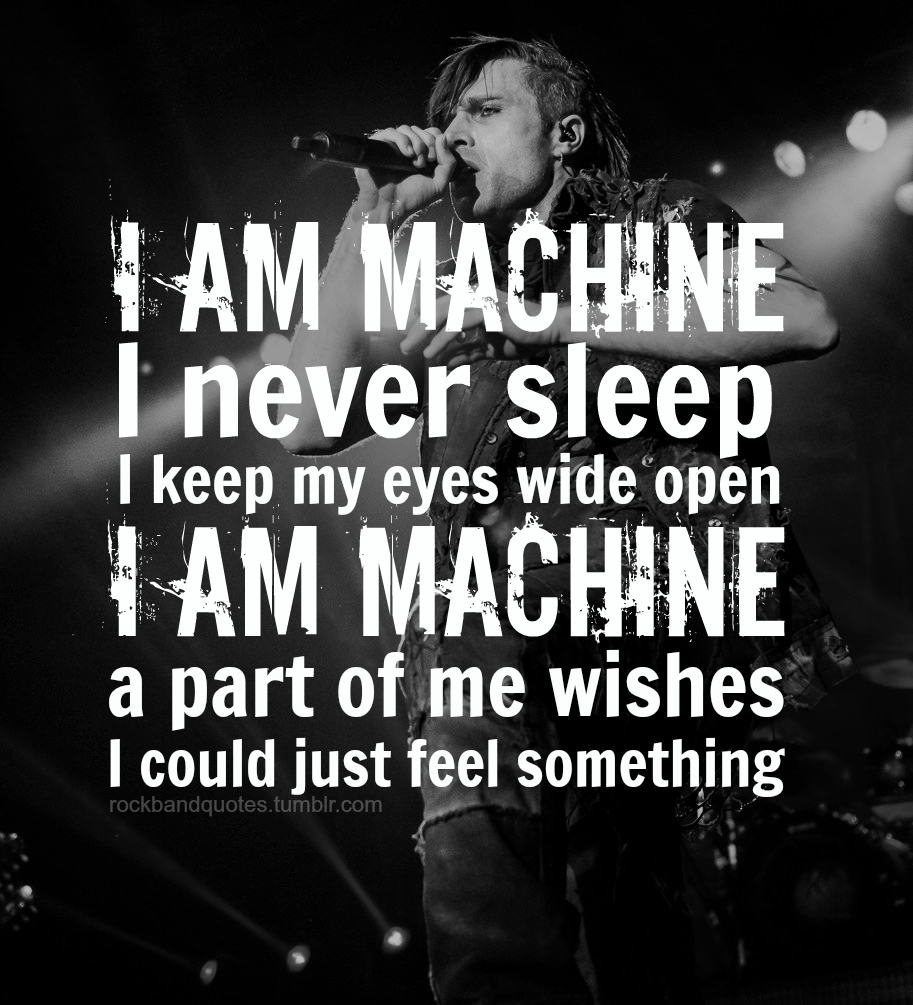The campaign trail was grueling, but Thomas Ellison thrived under the pressure. His carefully orchestrated rise to power had dismantled his enemies and positioned him as the nation’s savior. Yet, as the election drew closer, the race tightened. Polls showed a surprising closeness between Ellison and the incumbent president, a frail and increasingly unpopular figure who struggled to maintain his hold on the electorate.
Ellison’s team had anticipated this. The close polling was not an indication of his weakness but a deliberate strategy to ensure that his victory would appear hard-fought and legitimate. By keeping the race competitive, they could avoid accusations of a rigged election and maintain the illusion of a fair democratic process.
The frail incumbent, President James Cartwright, was a shadow of his former self. Once a robust and dynamic leader, age and the burdens of office had taken their toll. His speeches were halting, his policies increasingly reactive rather than proactive. Despite this, he had a loyal base that could not be underestimated. Ellison’s strategy was to exploit Cartwright’s weaknesses while presenting himself as a strong, decisive alternative.
As the election campaign entered its final weeks, Ellison’s rallies grew larger and more impassioned. He spoke of a new era, of resilience and strength in the face of adversity. His messages were carefully crafted to resonate with a populace tired of uncertainty and eager for change.
Behind the scenes, Cipher and Rebecca Lang ensured that the campaign’s digital strategy was flawless. Social media was flooded with positive messages about Ellison, highlighting his accomplishments and vision. Negative stories about Cartwright, some factual and others fabricated, circulated widely. Lang’s team masterfully controlled the narrative, making Ellison appear as the inevitable choice for a nation in need of leadership.
On the day of the election, tensions were high. Polling stations reported record turnouts, a testament to the contentious nature of the race. Throughout the day, exit polls suggested a tight contest, with Ellison holding a slight edge. As the results began to come in, it became clear that the strategy had worked. The closeness of the race added legitimacy to Ellison’s victory, dispelling any suspicions of manipulation.
Ellison watched the results with a mix of satisfaction and anticipation. He had played a long game, and now, the culmination of his efforts was at hand. The final count confirmed his victory by a narrow but decisive margin. The nation, weary and divided, looked to him for direction.
In his victory speech, Ellison struck a tone of unity and determination. “Tonight, we begin a new chapter in our history,” he declared. “Together, we will face our challenges head-on and build a future where every citizen has the opportunity to thrive. This victory is not mine alone; it belongs to all of us who believe in the promise of a better tomorrow.”
The crowd erupted in applause, their faith in him unwavering. For Ellison, it was a moment of triumph, but also a reminder of the journey ahead. His enemies had been vanquished, but the real work was just beginning. He would have to govern a nation fraught with division and disillusionment, and his every move would be scrutinized.
Behind the scenes, the machinations that had brought him to power were carefully concealed. The CrowdStrike incident, the framing of John Mason, the strategic manipulation of public opinion—these were secrets known only to a select few. Ellison’s image as a strong, decisive leader remained intact, while the darker aspects of his rise were buried deep.
President Cartwright, in his concession speech, acknowledged the will of the people. His words were gracious but tinged with the regret of a man who had given his all and still fallen short. Ellison’s respect for the incumbent was genuine, but he knew that Cartwright’s era was over. The future belonged to him.
As Ellison prepared to take office, he reflected on the journey that had brought him here. The assassination attempt, the cyber operations, the strategic dismantling of his rivals—it had all been part of a meticulously crafted plan. A plan that had succeeded beyond his wildest expectations. He had turned adversity into advantage, using every tool at his disposal to secure his place at the pinnacle of power.
In his inaugural address, Ellison spoke of unity and progress. “We stand at the threshold of a new era,” he proclaimed. “Together, we will overcome our challenges and build a brighter future for all. This is our moment, and we will seize it with determination and courage.”
The applause was thunderous. The nation, weary from years of division, looked to Ellison with hope. He was Thomas Ellison, President of the United States, and his story was just beginning. The bullet, the patsy, the plan—it had all led to this moment. There was no turning back.
As he surveyed the vast crowd from the steps of the Capitol, Ellison knew that his legacy was yet to be written. The path ahead was fraught with challenges, but he was prepared. He had overcome every obstacle, and he would continue to do so. This was his time, his presidency, and he would not be denied.
In the quiet moments that followed, as the celebrations continued, Ellison allowed himself a brief moment of reflection. The sacrifices, the risks, the ruthless decisions—they had all been necessary. And now, with the power firmly in his grasp, he was ready to lead.






